Hola amigos de Hive, espero estén muy bien igual como lo estoy yo.
Hello friends of Hive, I hope you are very well as I am.
Hello friends of Hive, I hope you are very well as I am.
The passion fruit is a sour but very tasty fruit and it also has some benefits that I am going to comment on while I prepare a juice.
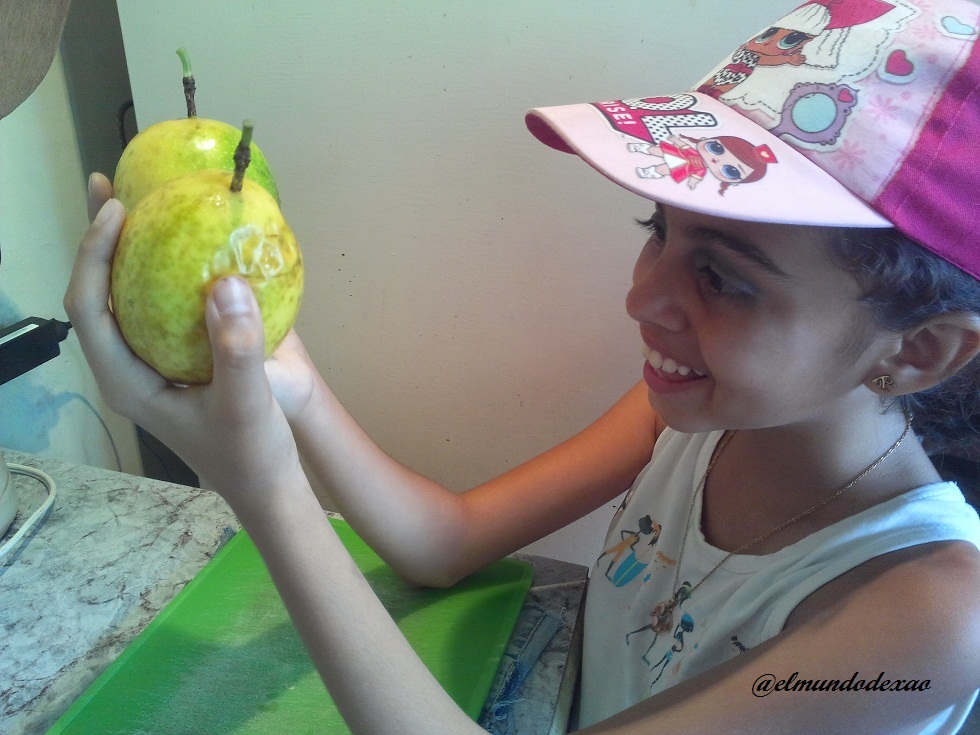
I always like to learn about many things and this time I will do some research on this fruit, taking advantage of the fact that the neighbor gave me some. Here in Venezuela we call this fruit "Parchita" because of its similarity to another called "Parcha Granadina" which is larger and less acidic.
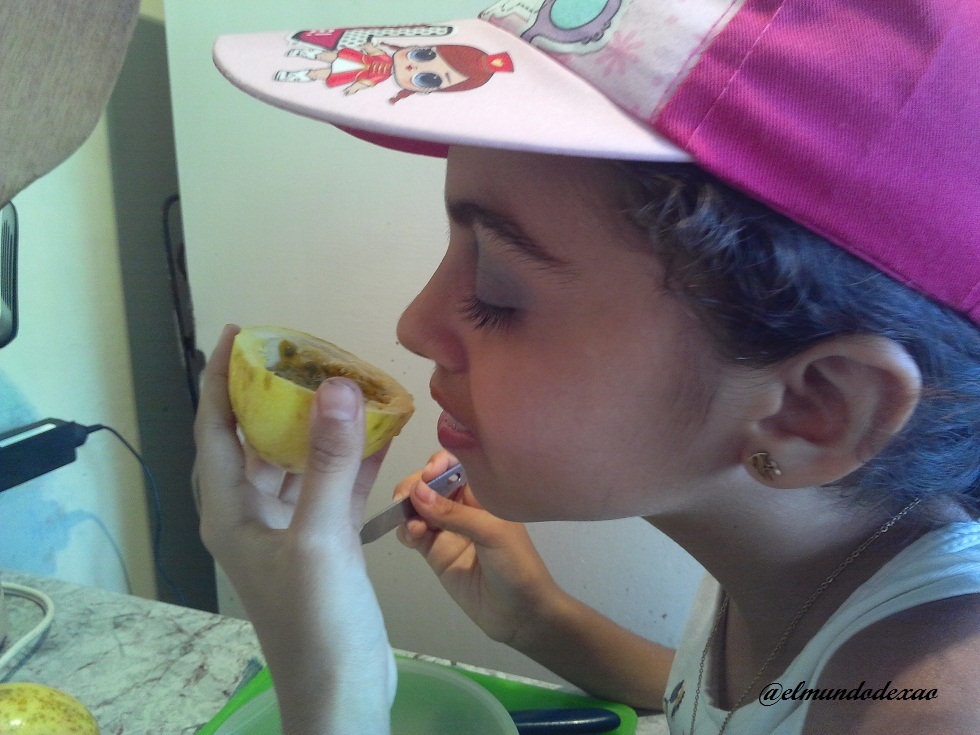
I love the aroma that this fruit gives off, as it is something that I cannot easily describe in addition to the deep feeling it produces in my mouth to the point that I have to chew it to make it go away quickly.
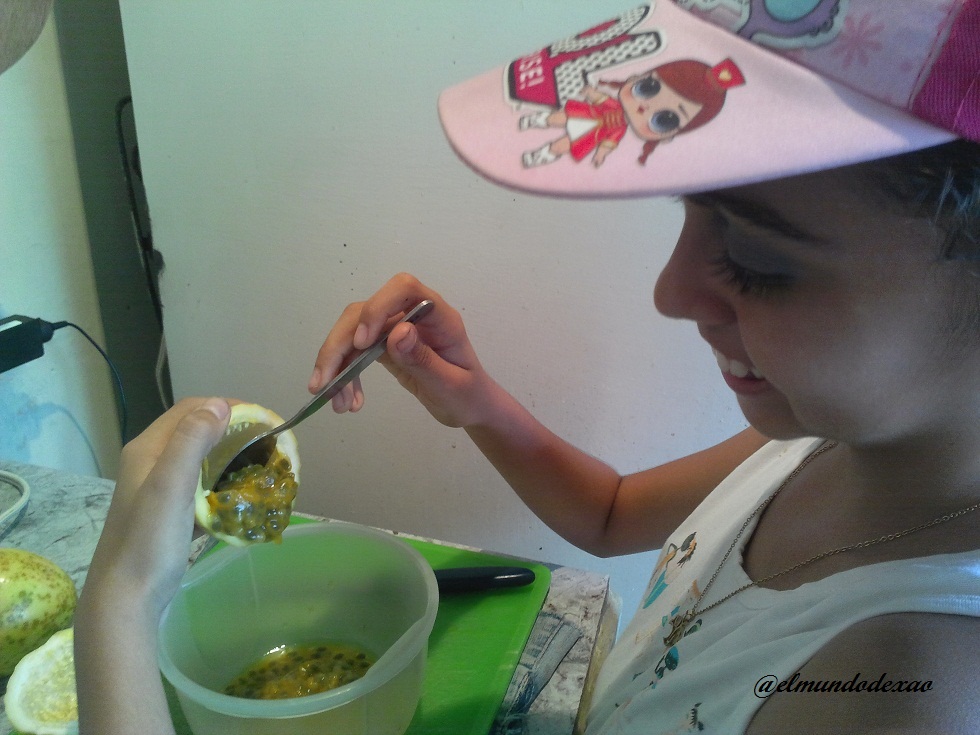
This fruit grows on a climbing plant and has a green color and when it is ready it looks yellow and its texture is wrinkled. This plant is typical of our country as well as others throughout South and Central America, which causes the fruit to have such a wide variety of names that it is impossible for me to mention them all; However, here I mention some: Mburucuyá is what they say in Uruguay, Paraguay and northern Argentina. In Puerto Rico they call it parcha, but the funniest name seems to me to be "Chinola" which is the name they give it in the Dominican Republic.
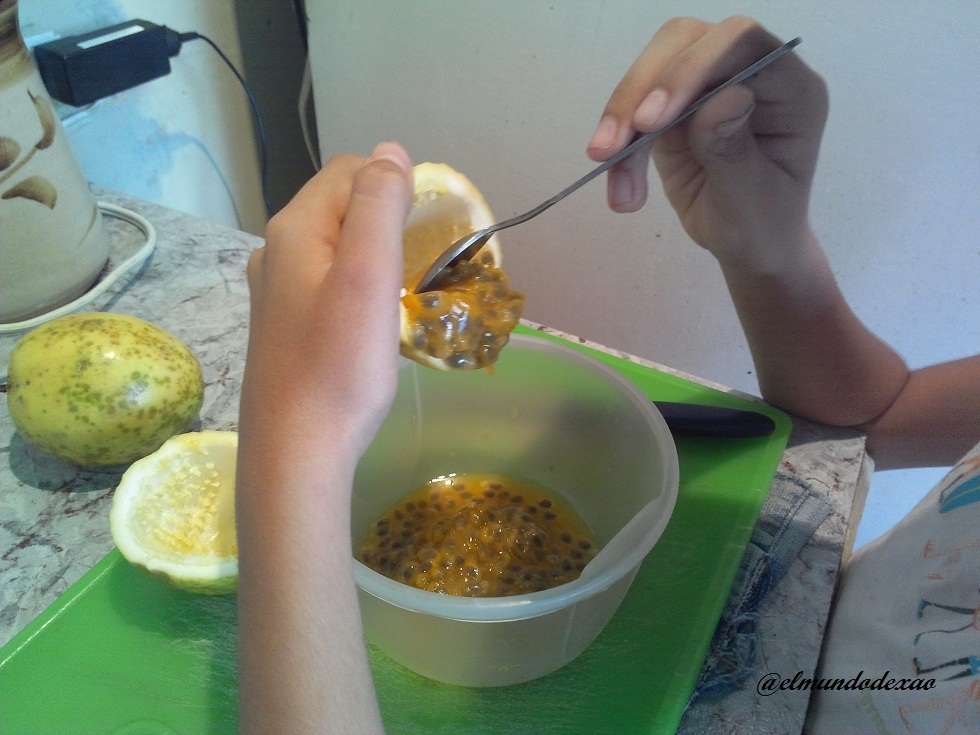
To extract its pulp I have to cut it in half and you can see the large amount of seeds it has, the easiest way is to do it with a teaspoon, I wanted to try it at that moment since it results in a tickling sensation in the teeth until it comes out through the ears.
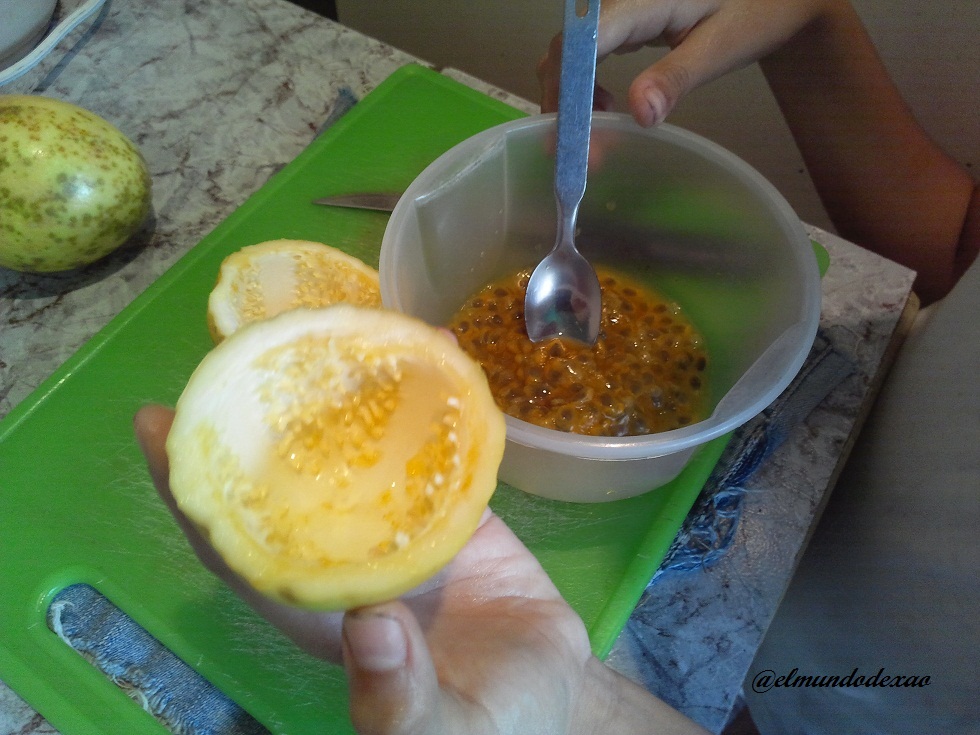
Once the pulp was extracted, we passed it through the blender but I wanted to use another technique, to preserve the seeds and thus be able to sow them. I hope that this time I can get a seedling to hatch.


Additionally, I wanted to take advantage of the shells or shells, I discard the membrane that holds the seeds and then cook them by adding a little water; I can take advantage of the internal pulp for other things that I will tell you on another occasion.
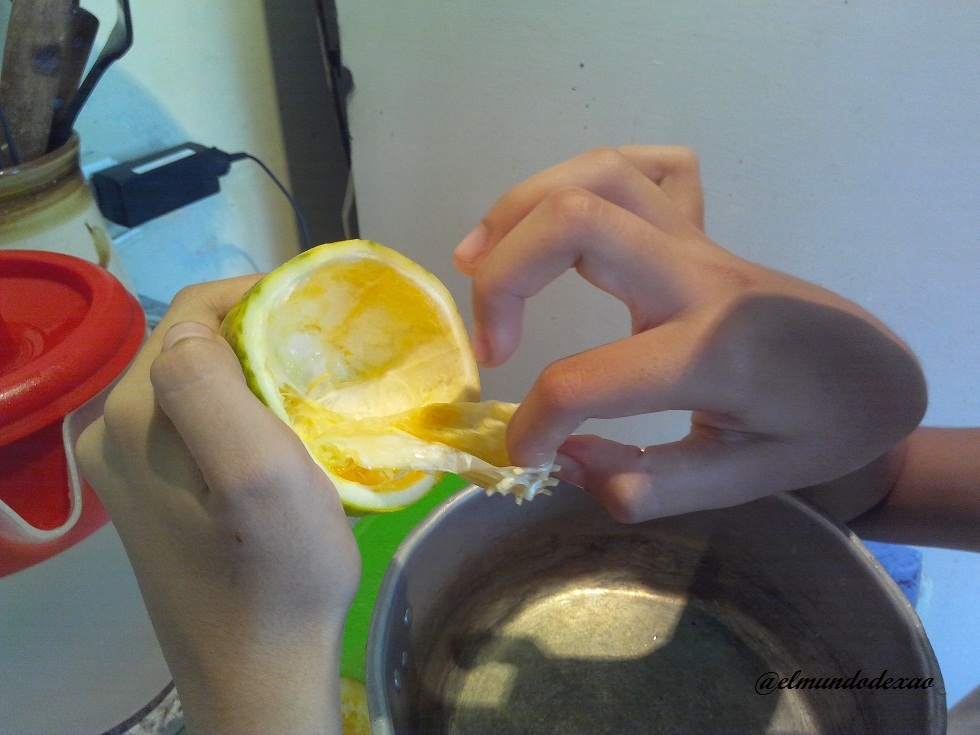
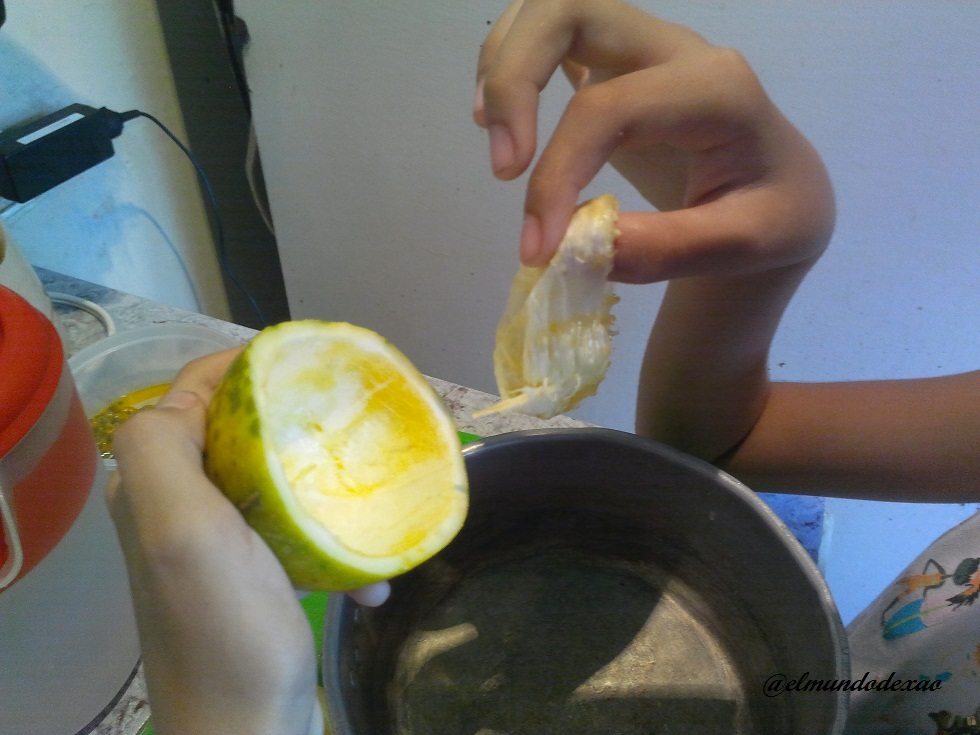

To finish my juice today I add water and sugar in the blender and voila, when I enjoy my juice I will add to my body: Vitamin C, Calcium, Iron, Vitamin D, Vitamin B6, Vitamin B12 and Magnesium. In addition to other properties such as saturated fatty acids and sugars.
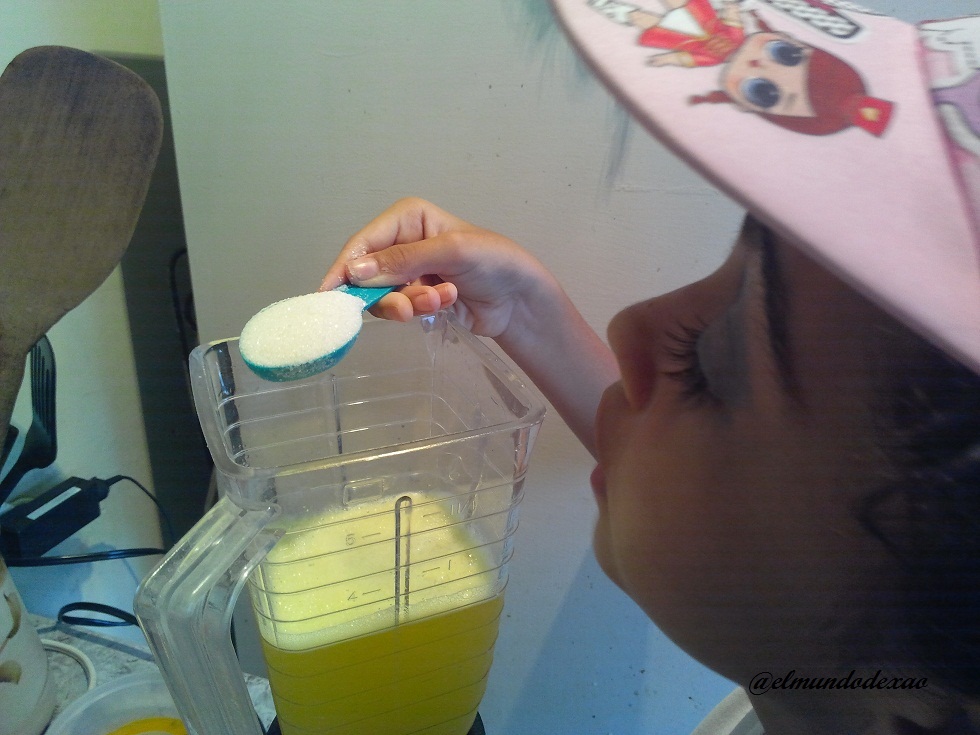
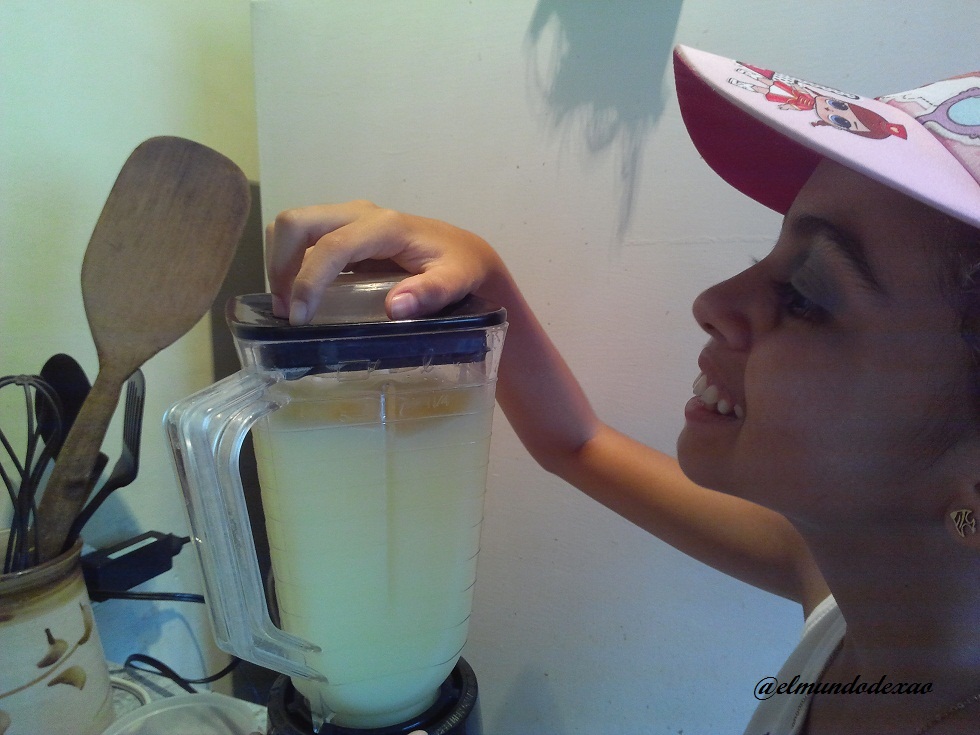

Muy buena pinta ese zumo (jugo) ;)
Hola @kokoliso, si estaba muy sabroso o será que me gustan mucho los jugos de frutas ácidas.

Feliz fin de semana.